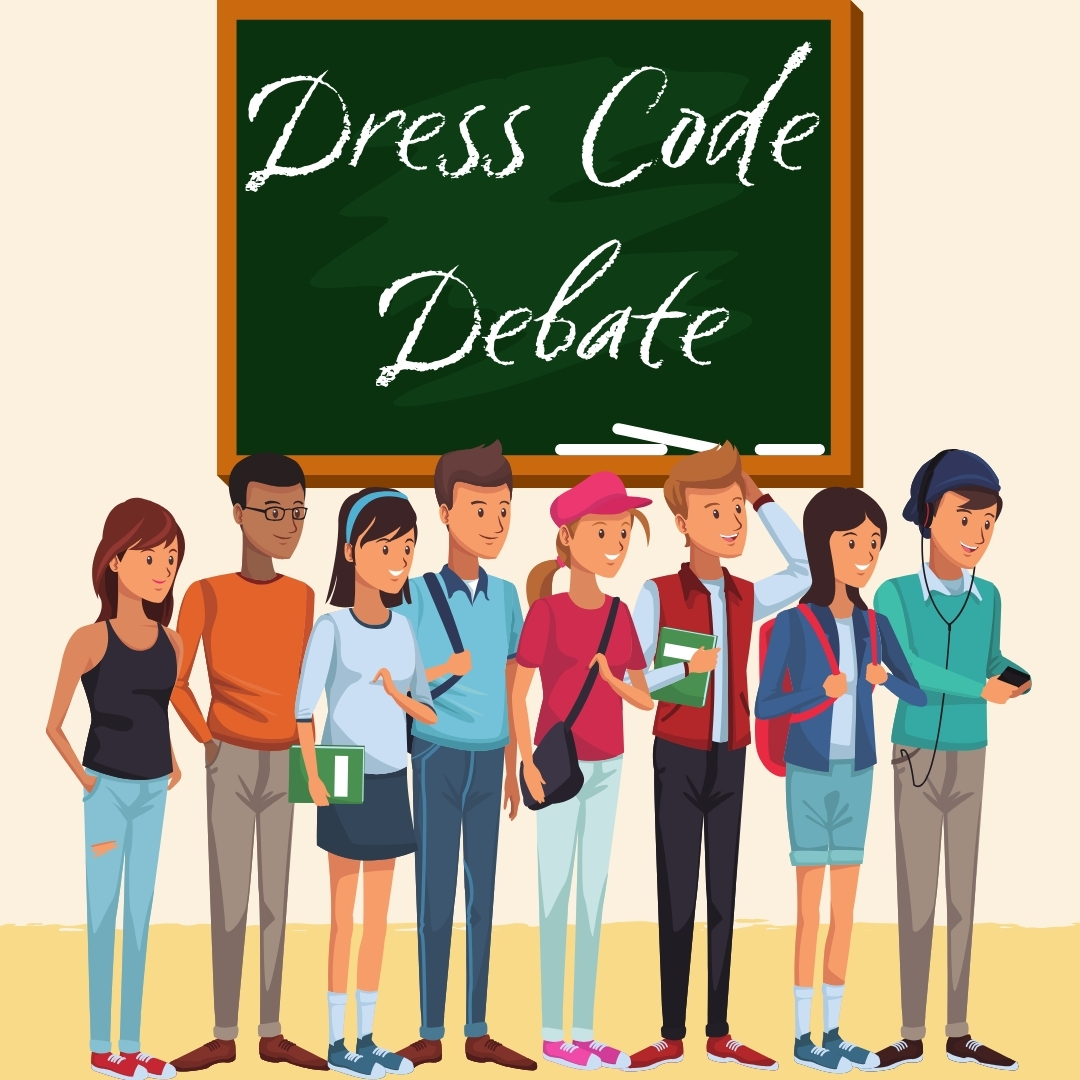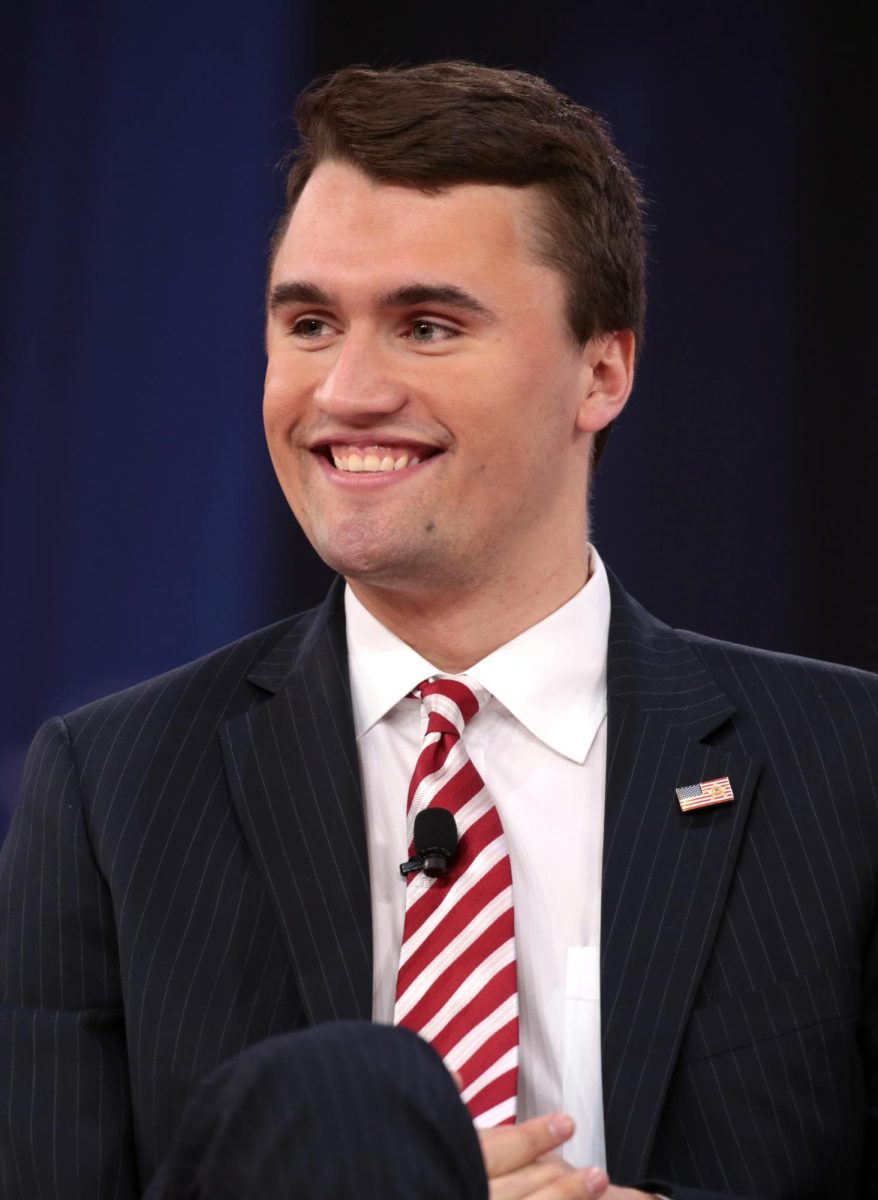The debate about dress codes has recently brought significant attention as faculty and students have been commenting on and addressing this issue. A dress code is an accepted way of dressing for a particular occasion or social group. Advocates claim that dress codes encourage a more focused environment, decrease distractions, and get students ready to dress for more professional settings. Protestors argue that dress codes target certain groups, ruin self-expression, and continue stereotypes.
A major issue with dress codes is the perceived bias against female students. The dress code targets this group of students significantly. The items that are looked for are skirts, tank tops, ripped jeans, and leggings. Girls are always told that their clothing is distracting to male students. Not only does this make girls responsible for other’s reactions, but it also is a bad representation of the younger generation. This can affect body image and gender expectations.
Students express themselves through clothing and style. There are a few students who use clothing to show their personality and this can’t happen if they’re getting dress coded for it. Some dress codes can limit this and restrict what students can wear. This restriction ruins the creativity and expression of who they are. This is an important aspect of personal growth.
On the other hand, dress code supporters insist that the dress code helps students stay focused and pay attention to academics and class. Advocates also state that dress codes help prepare students for future careers where there are more professional uniforms and attire expectations. Landon Lopez says, “I want uniforms because it makes getting ready for school easier, but they have to be cute.”
To communicate these issues, several schools should reevaluate and revise dress codes with input from students and others to make the policies more inclusive and adaptable. This will emphasize respectful attire without targeting specific groups or styles. It will give more freedom while upholding a professional standard for students.










